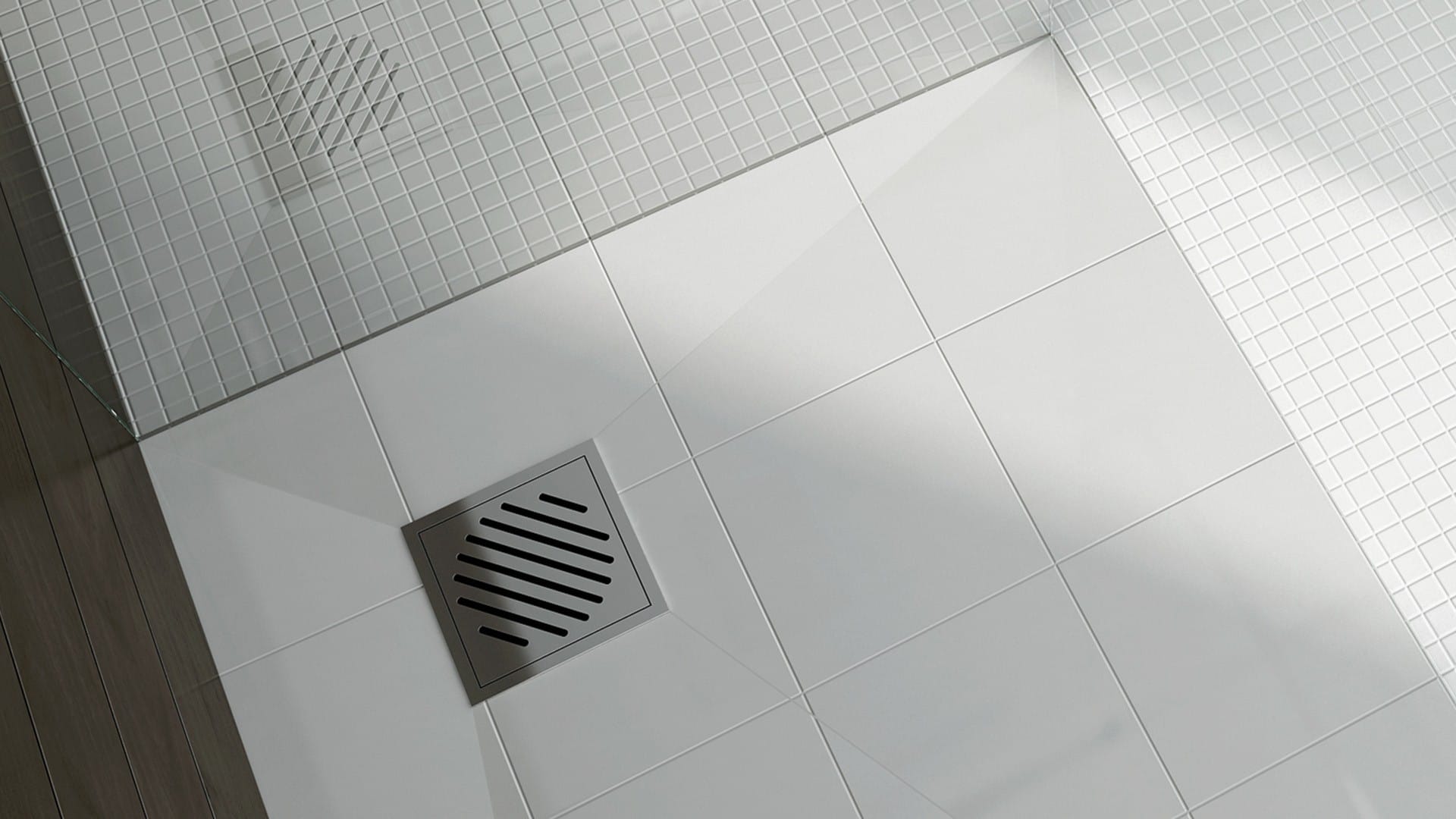Slow or clogged drains are a common household issue that can quickly disrupt daily life. Whether it’s water pooling in the sink or a shower that takes forever to drain, these problems can be both inconvenient and unhygienic. Left unaddressed, a simple blockage can lead to unpleasant odours, water damage, or even plumbing emergencies. Understanding how to tackle these issues promptly is essential for maintaining a functional and comfortable home.
In this article, we explore seven effective ways to resolve slow or clogged drains in residential properties. These methods focus on safe, practical solutions that ensure your drains flow freely while protecting your plumbing system.
#1 – Clear the Overflow Opening
The overflow opening in sinks and bathtubs is designed to prevent water from spilling over the edge, but it also plays a crucial role in assisting drainage. Over time, this opening can become clogged with dust, soap residue, or mould, reducing its effectiveness. A blocked overflow can trap air and slow down the water flow, leading to bigger plumbing issues.
To address this, clean the overflow opening by flushing it with warm, soapy water or a mild disinfectant. Use a soft brush or cloth to remove any residue or build-up. This ensures that air can circulate properly, helping water drain more efficiently. Regular maintenance of the overflow opening can prevent slow drainage and improve the overall performance of your sink or bathtub.
#2 – Use of Boiling Water for Minor Blockages
One of the simplest and quickest ways to address a slow or clogged drain is by using boiling water. This method is especially effective for dissolving grease, soap residue, and light debris that can build up over time in kitchen sinks and bathroom drains. Pour a kettle of boiling water directly into the drain in stages, allowing the heat to break down blockages. This process can often restore normal water flow without requiring additional tools or chemicals.
However, it’s important to ensure your plumbing can handle high temperatures, as some pipes, particularly older PVC ones, may be damaged by extreme heat. For homes with durable plumbing, this is a fast, cost-effective solution for minor drainage issues.
#3 – Check the Sink or Shower Strainer
Sink and shower strainers are designed to catch debris, but over time, they can become clogged with hair, soap scum, or food particles. When this happens, water struggles to flow freely, leading to slow drainage. Regularly inspecting and cleaning strainers can prevent this build-up and keep your drains functioning efficiently. Simply remove the strainer, dispose of the trapped debris, and rinse it thoroughly before placing it back.
For more stubborn blockages, consider flushing the drain after cleaning the strainer to clear any residue that may have passed through. This simple maintenance step can make a significant difference in bathrooms and kitchens, where debris accumulation is most common. By keeping strainers clean, you can avoid more serious drain issues.
#4 – Flush the Pipes with a Safe Drain Cleaner
Choosing the Right Cleaner
When dealing with more stubborn blockages, using a safe, non-corrosive drain cleaner can be an effective solution. Opt for enzyme-based or biodegradable cleaners, as these break down organic materials like grease, hair, and food particles without damaging your pipes. Avoid harsh chemical cleaners, which can weaken plumbing over time and harm the environment.
Proper Use
To use a drain cleaner effectively, follow the instructions provided on the product. Typically, you’ll need to pour the solution into the drain and allow it to sit for a specified period, such as 30 minutes or overnight, depending on the severity of the blockage. Once the cleaner has had time to work, flush the drain with hot water to clear out the loosened debris.
Using the right cleaner and following the correct procedure can provide a quick and efficient way to address clogs while protecting your plumbing system.
#5 – Inspect and Clean the U-Bend
What is a U-Bend?
The U-bend, also known as a trap, is a curved section of pipe under sinks that holds water to block sewer gases from entering your home. However, it can also collect debris like hair, food particles, and grease, leading to clogs. A blocked U-bend is often indicated by slow drainage or unpleasant odours.
When to Inspect
If you notice water draining slowly or detect foul smells from your sink, it may be time to inspect the U-bend. Regular checks can prevent major blockages and keep your plumbing system running smoothly.
Cleaning Process
Cleaning the U-bend is best left to professionals to avoid accidental damage. They can safely detach, clean, and reassemble the pipe, ensuring all blockages are removed. This process restores normal drainage and helps prevent future clogs. Regular maintenance of the U-bend is an essential step in keeping your drains clear and efficient.
#6 – Use a Plumbing Snake for Deeper Clogs
What is a Plumbing Snake?
A plumbing snake, also known as a drain auger, is a flexible tool designed to navigate through pipes and dislodge stubborn blockages. It is particularly effective for clogs located deeper in the plumbing system, beyond the reach of standard cleaning methods like boiling water or drain cleaners.
Effectiveness
The plumbing snake can break apart or pull out debris such as hair, grease, and other materials that accumulate over time. It works well in clearing blockages that cause recurring slow drains or water backups. This tool is especially useful for bathroom drains, where hair is a common culprit.
Professional Handling
Using a plumbing snake requires expertise to avoid damaging pipes. Professionals can efficiently operate the tool, ensuring the clog is removed without harming your plumbing. By addressing deep blockages promptly, you can prevent more severe issues, such as leaks or pipe damage, and restore proper drainage.
#7 – Call a Professional Plumber for Persistent Clogs
When to Call
If you’ve tried basic methods and your drain is still clogged or draining slowly, it’s time to call a professional plumber. Persistent blockages, recurring clogs, sewage odours, or gurgling sounds from the pipes often indicate a deeper issue in your plumbing system. Ignoring these signs can lead to severe problems, such as water damage or pipe corrosion.
Advanced Tools
Professional plumbers have access to specialised tools and techniques that go beyond household solutions. These include CCTV drain cameras to identify the exact location and cause of the blockage and hydro-jetting systems to clear even the most stubborn debris. These advanced methods not only solve the immediate problem but also help detect any underlying plumbing concerns.
Preventative Advice
In addition to clearing the blockage, a professional plumber can provide expert advice on how to prevent future clogs. They may recommend regular maintenance schedules, upgrades to older plumbing systems, or simple habits to reduce debris build-up in drains. Preventative care saves time, money, and stress in the long run.
By contacting a plumber for persistent clogs, you can ensure the issue is addressed thoroughly and professionally, restoring your home’s plumbing to optimal condition and avoiding potential complications.
Ensure Your Home Draining Is Working Today!
Dealing with slow or clogged drains can be frustrating, but taking prompt action is key to maintaining a functional home. From simple methods like using boiling water and cleaning strainers to more advanced approaches such as professional inspections, there are several effective ways to address this common issue. Each solution ensures your plumbing stays efficient and free from long-term damage.
When blockages persist despite your efforts, seeking professional help is the best course of action. Experienced plumbers can tackle even the toughest clogs with specialised tools and provide valuable advice for preventing future issues. Protect your home by addressing drain problems early and thoroughly.

